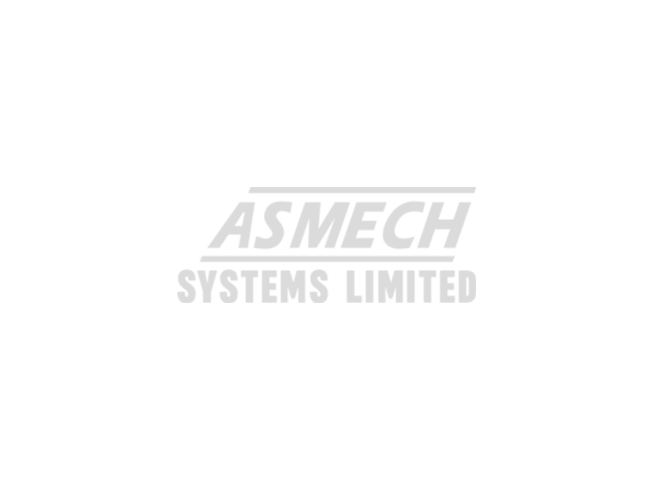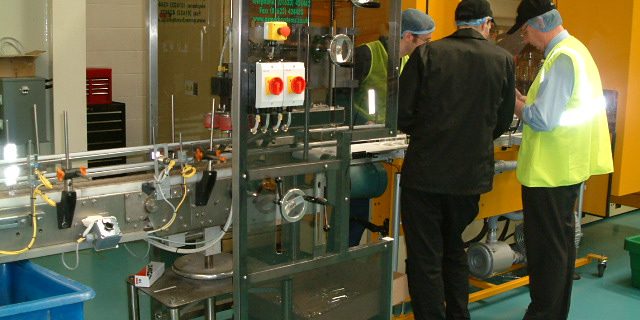At Asmech Systems we develop bespoke conveyors to suit your needs and specifications. All conveyors and manufacturing solutions come with rules and regulations but injuries and accidents can still happen, even with staff training and compliance. But implementing regular health and safety training can help reduce the risk of these accidents occurring. Here are our summarised key safety points for conveyor use that every operator and site manager should know.
-
Know your conveyor
There are many different types of conveyors, all with different rules and risks. Many operate on the same principles but it’s always best to know the individual regulations for each system. By simply reading the manual, you’ll get to know how the system works and what the main hazards are. You are also informed on how to take care of your conveyor. Therefore, you can figure out how to stay safe, this can be helped by conducting a comprehensive risk assessment.
Knowing how much your conveyor can handle can stop overloading issues. Overloading any conveyor can increase risk to injury, an overload of product on the conveyor can cause spillage to the sides and build-up around the conveyor. Know the weight of load your conveyor is suited to carry and stick to it, a steady even spread of material is best.
-
Preparation and Training
When accidents happen, knowing what to do under pressure is vital. Know how to stop your conveyor in an emergency and keep all stop buttons and/or grab wires clear of obstructions. The conveyor’s stopping procedure should be checked regularly and shown to each person operating the machine. Conveyor guards are used to protect operators and should never be removed except for when maintenance is being carried out.
Training is essential when it comes to health and safety. Anyone who will be controlling a conveyor at any point needs to be fully trained on the machine, including health and safety training. Training keeps you and everyone on site safe. With the everchanging health and safety laws, it important to schedule regular training days so everyone is up-to-date with the correct procedures and regulations. By keeping every in the loop, it creates a more efficient team which can help reduce safety risks.
Keeping your conveyor prepared for use means keeping it clean. Debris around your conveyor, material jams and build up on rollers can all cause accidents and injuries. Checking all of these areas regularly including the boxed-in area underneath can help improve the life of the machinery and lessen the stress and cost of downtime.
-
Regular checks
Maintenance checks on your conveyor are an important part of keeping everything working correctly which can, in turn, reduce the risk of injury. Routine checks should be done weekly by referring to the manual checklists. Working from a checklist ensures you won’t miss anything important. Electrical components, motor and gearbox, frame and belt, supports and safety guards are all elements that should be thoroughly checked. Maintenance check will also highlight repairs that are needed. Keeping spares on site will stop money and time being lost on downtime of the conveyor.
At Asmech we provide conveyor spares to help you in your time of need whether that’s during a regular check or not. Asmech Systems also offers maintenance checks as part of bespoke conveyor solutions. If you are interested in talking more about the health and safety of conveyors or would like a quote from a member of our Asmech team please contact us today on 01623 424 442.









